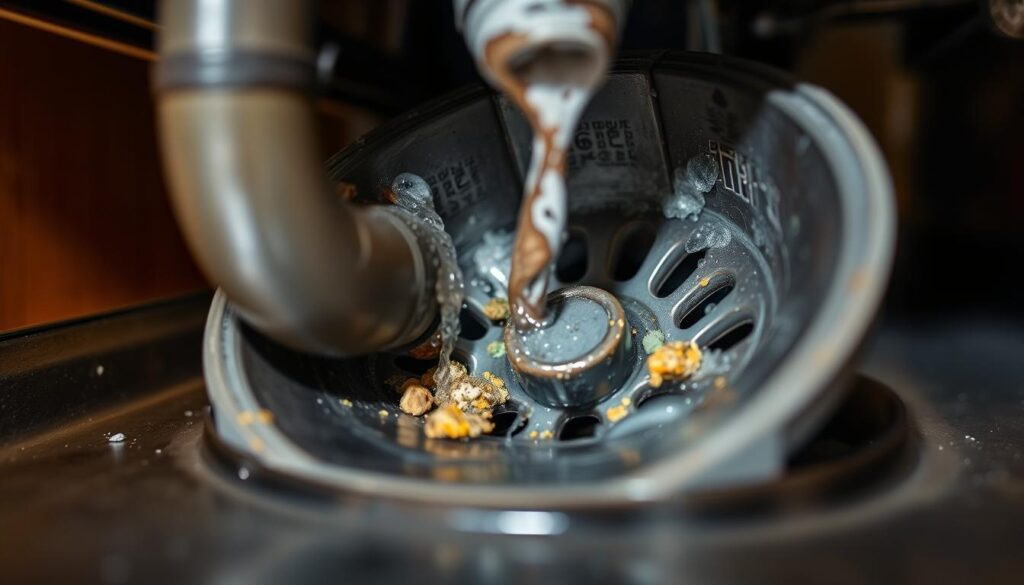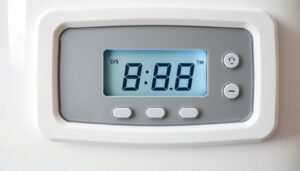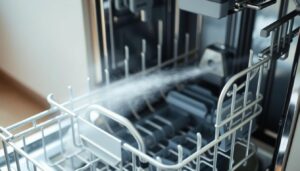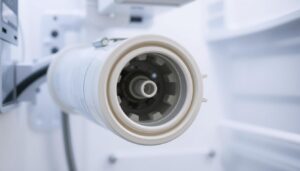Have you ever opened your dishwasher after a cycle, only to find it filled with standing water? This frustrating issue is more common than you might think, and it’s often a sign of a drainage problem. Drainage issues are among the most frequent complaints homeowners have about their dishwasher.
The good news is that most drainage problems can be resolved without calling a professional, saving you time and money. This comprehensive guide will walk you through the steps to diagnose and fix the issue, ensuring your dishwasher drains properly and efficiently. Promptly addressing drainage problems is crucial to prevent potential water damage and appliance deterioration.
Key Takeaways
- Identify common causes of dishwasher drainage issues.
- Learn step-by-step troubleshooting techniques.
- Discover simple fixes for common drain problems.
- Understand when to seek professional help for complex issues.
- Prevent future drainage issues with maintenance tips.
Why Your Dishwasher Isn’t Draining Properly
A dishwasher that won’t drain can be a significant inconvenience, and understanding the reasons behind this issue is the first step towards resolving it. The frustration of dealing with a dishwasher that leaves your dishes dirty and waterlogged can be alleviated by identifying the root causes of the problem.
Common Causes of Drainage Issues
Dishwasher drainage issues often stem from blockages within the drainage system. Food particles, grease, and foreign objects can accumulate over time, causing clogs in the filter, drain pump, or hose. Moreover, improper installation, such as incorrect positioning of the drain hose, can also lead to drainage problems. The dishwasher drain system is closely linked with other kitchen plumbing, including the garbage disposal and sink drain, making it a complex issue to diagnose.
- Blockages in the filter, drain pump, or hose due to debris and food particles.
- Improper installation or incorrect positioning of the drain hose.
- Interconnectedness with other kitchen plumbing systems like the garbage disposal and sink drain.
Signs Your Dishwasher Has a Drainage Problem
Identifying the signs of drainage issues can help you address the problem before it escalates. Common indicators include standing water at the bottom of the dishwasher after a cycle, unusual noises during operation, and dishes remaining dirty or having food residue. Additionally, water backing up into the sink when the dishwasher runs and unpleasant odours developing due to stagnant water are clear signs of drainage issues.
| Signs | Description |
|---|---|
| Standing Water | Water remaining at the bottom of the dishwasher after a cycle. |
| Unusual Noises | Noises during operation indicating potential drainage problems. |
| Dirty Dishes | Dishes remaining dirty or having food residue after a cycle. |
| Water Backing Up | Water backing up into the sink when the dishwasher is running. |
| Unpleasant Odours | Bad smells developing due to water sitting in the dishwasher. |
By recognizing these signs and understanding the common causes, you can take the necessary steps to repair your dishwasher and prevent future drainage issues.
Safety Precautions Before You Begin
Before starting any repair work on your dishwasher, it’s crucial to take necessary safety precautions to avoid potential hazards.
First and foremost, power safety is paramount. To avoid electrical shock, you must disconnect your appliance from its power source. Locate your home’s circuit breaker and switch off the power to the dishwasher. If your appliance is plugged in, unplug it from the socket.
Disconnecting Power and Preparing the Work Area
- Ensure you have turned off the power at the circuit breaker and unplugged the dishwasher if possible.
- Wear protective gloves to safeguard against sharp objects and bacteria in the standing water.
- Have towels, buckets, and containers ready to collect water and prevent damage to your home’s floor.
- Clear adequate space around the dishwasher for comfortable access to all components.
- Ensure proper lighting in your work area to maintain visibility during the repair.
- Keep the instructions manual handy for model-specific guidance.
- Keep small children and pets away from the work area.
By following these safety precautions, you can minimize risks associated with repairing your dishwasher and ensure a safe working environment in your home.
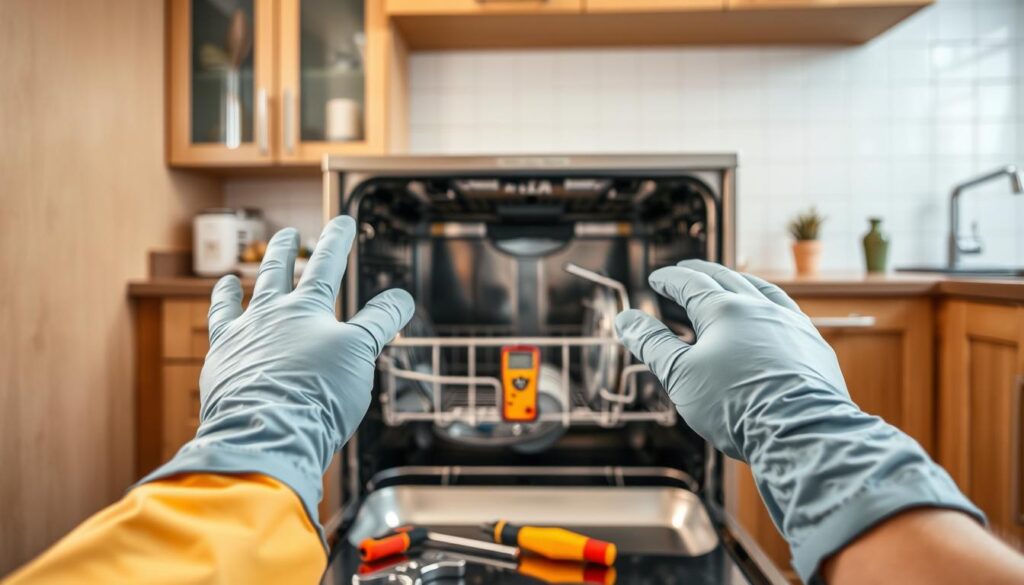
Repairing a Dishwasher that Doesn’t Drain: Step-by-Step Guide
If your dishwasher is not draining, don’t panic; this step-by-step guide will walk you through the process of identifying and fixing the issue. Dealing with a non-draining dishwasher can be frustrating, but with the right guidance, you can resolve the problem efficiently.
Step 1: Remove Standing Water
Before you start diagnosing the issue, you need to remove any standing water from your dishwasher. You can do this by using a cup or sponge to scoop out the water, or for more efficiency, a wet/dry vacuum. This step is crucial as it allows you to work on the dishwasher without the risk of water spillage.
Step 2: Check and Clean the Filter
The dishwasher filter, typically located at the bottom of the dishwasher, can become clogged with food particles and debris. To clean it, first, remove the filter according to your dishwasher’s manual. Then, rinse it under hot water, ensuring you remove any trapped particles. Regularly cleaning the filter can prevent many drainage issues.
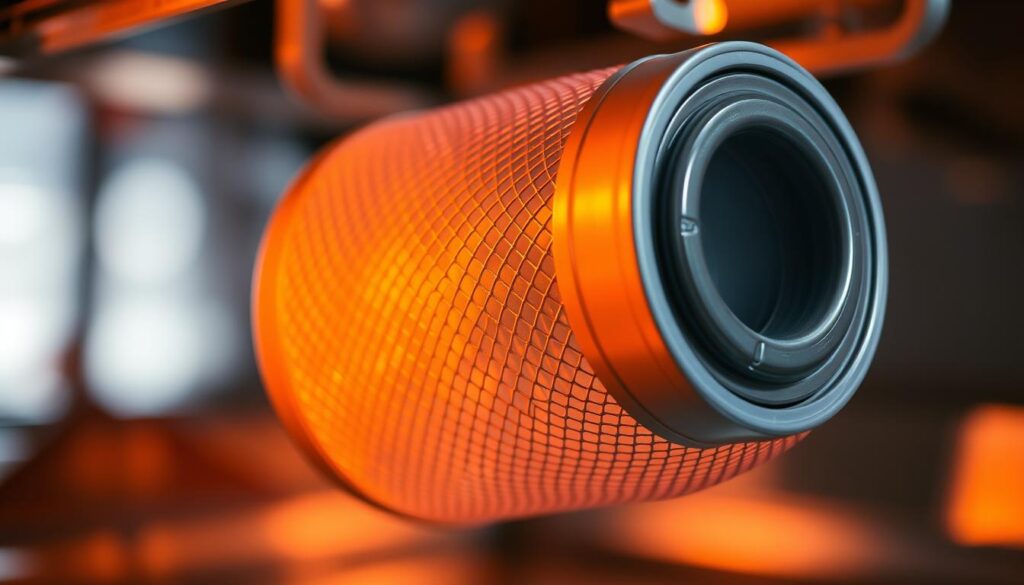
Step 3: Inspect the Garbage Disposal Connection
If your dishwasher is connected to a garbage disposal, check if the disposal is causing the drainage issue. Sometimes, a newly installed or unused garbage disposal can be clogged, affecting your dishwasher’s drainage. Run the disposal to clear any potential blockages that might be impacting the dishwasher’s ability to drain.
Step 4: Clean the Sink Air Gap
The sink air gap, a small cylinder on your sink or countertop, prevents wastewater from flowing back into your dishwasher. To clean it, remove the cover and check for any debris. Cleaning the air gap can resolve drainage issues if it’s clogged.
Step 5: Examine and Clean the Drain Hose
The drain hose, which runs from your dishwasher to the garbage disposal or sink drain pipe, can become kinked or clogged. Inspect the hose for any bends or blockages and clear them. Ensure the hose is properly reattached after cleaning.
After completing these steps, run a test cycle to verify that the drainage issue is resolved. If the problem persists, you may need to delve into more advanced troubleshooting.
Advanced Troubleshooting for Persistent Drainage Issues
If your dishwasher continues to experience drainage issues after attempting the initial repairs, it’s time to delve into advanced troubleshooting techniques. Persistent drainage problems can be frustrating, but identifying the root cause is crucial for an effective solution.
Checking for Drain Pump Problems
The drain pump is a critical component of your dishwasher’s drainage system. To access it, you’ll typically need to remove the lower access panel at the bottom of the appliance. Once accessed, inspect the pump for any signs of damage or blockages. A faulty drain pump may produce unusual noises or remain silent when the drain cycle is running.
Inspecting for Drain Hose Kinks and Proper Installation
The drain hose is another potential culprit behind drainage issues. Ensure that the hose is not kinked or blocked and that it’s properly connected to both the dishwasher and the sink drain or garbage disposal. The hose should be installed at a height of 50-100cm above the floor level to prevent backflow.
When to Call a Professional Repair Service
If you’ve checked the drain pump and hose but the issue persists, it may be time to call a professional. Scenarios that necessitate professional help include motor issues, internal component failures, or if you’re unsure about performing the repairs yourself. When seeking a repair service, have your dishwasher’s model number and a clear description of the problem ready to ensure the technician is well-prepared.
Preventing Future Dishwasher Drainage Problems
By following a few straightforward tips, you can significantly reduce the risk of drainage issues with your dishwasher. Regular maintenance and proper usage are crucial to keeping your appliance running smoothly.
Regular Maintenance Tips
To prevent clogs and debris buildup, it’s recommended to clean your dishwasher filter monthly. Running an empty hot water cycle with vinegar or a commercial dishwasher cleaner can also help remove grease and mineral deposits. Regular inspections of the drain hose and connections are vital to catch potential issues early.
- Clean the dishwasher filter regularly to prevent food particles and debris from accumulating.
- Run a cleaning cycle with vinegar or a dishwasher cleaner to maintain your appliance’s efficiency.
- Check the drain hose and connections periodically for signs of wear or blockages.
Proper Loading Practices to Avoid Clogs
Proper loading techniques can significantly impact your dishwasher’s drainage. Scrape large food particles off dishes before loading them, but note that some food residue is beneficial for modern detergents. Ensure that items are arranged to prevent blocking the spray arms or falling into the filter area.
- Scrape off large food particles from dishes before loading them into the dishwasher.
- Load dishes carefully to avoid overcrowding and to prevent items from obstructing the spray arms or filter.
- Use rinse aid and high-quality detergent to prevent residue buildup and improve drainage.
Conclusion
This guide has provided you with the necessary knowledge to resolve the drainage problem with your dishwasher. By following the outlined steps, you can diagnose and repair issues, ensuring your appliance functions efficiently.
Regular maintenance is key to preventing future drainage problems. By cleaning filters, checking the garbage disposal connection, and inspecting the drain hose, you can keep your dishwasher in good working order. This not only saves you money on potential repair services but also ensures your appliances use water and energy more efficiently, contributing to a more efficient and stress-free home.
Successfully troubleshooting and repairing your dishwasher can be satisfying, and with the tips provided, you’ll be able to enjoy clean dishes without the hassle of a clogged drain.
